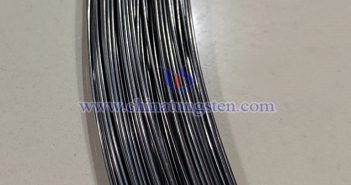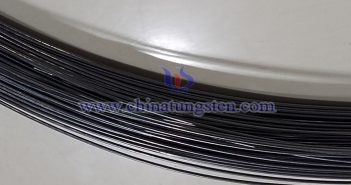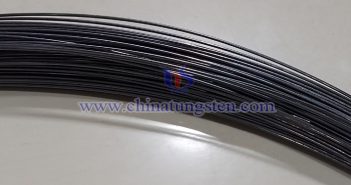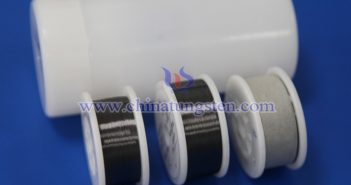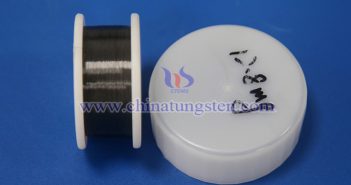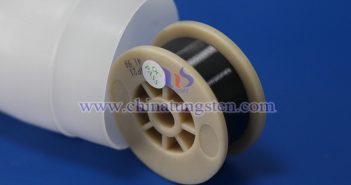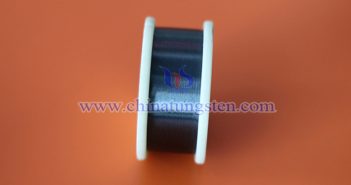
Incandescent lamps are traditional lighting devices that produce light by heating the filament to a high temperature. Tungsten wires, due to their unique physical and chemical properties, are the preferred material for incandescent lamp filaments. First, tungsten has an extremely high melting point of approximately 3422°C, making it the highest melting point of any single metallic element in nature. When an incandescent lamp is operating, the filament temperature typically must reach 2000-3000°C to produce sufficient light. Tungsten’s high melting point…


